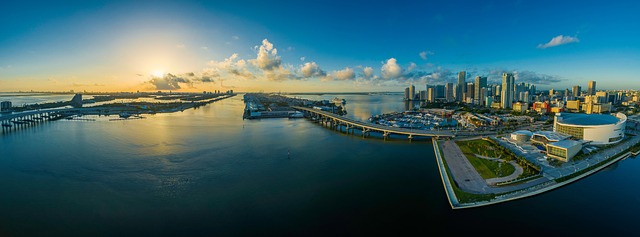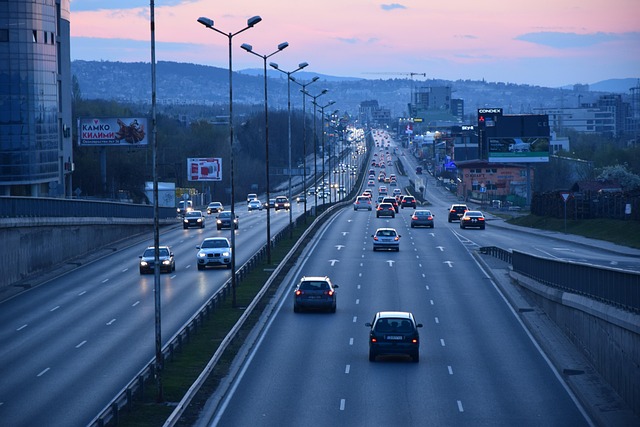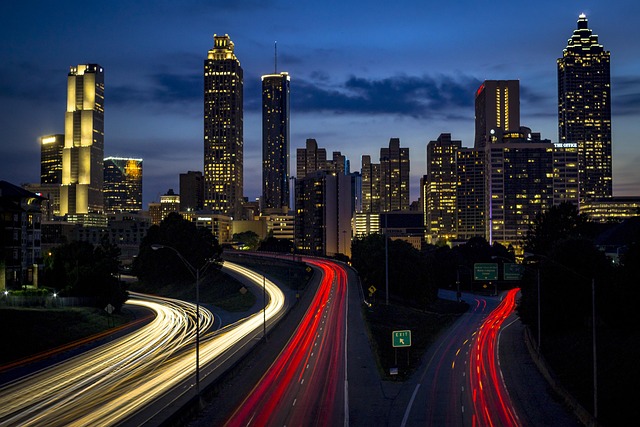
Karachi's rest areas are vital oases for drivers navigating its dense motorway network. Evolving from basic facilities to modern hubs, these areas now offer comfortable seating, play areas, and restaurants, enhancing road safety and driver recharge. While challenges like traffic congestion and peak-hour overcrowding persist, implementing smart technology and sustainable design principles holds promise for improving rest area management in Karachi.
Karachi, Pakistan’s vibrant metropolis, presents a unique challenge for drivers navigating its bustling streets and highways. Enter the rest areas along the Karachi Motorway—oases designed to provide respite and safety. This article explores these critical spaces, tracing their evolution from basic facilities to modern amenities. We delve into the importance of rest areas for driver safety and sustainability, while also examining challenges and prospective improvements, offering a comprehensive insight into Karachi’s hidden gems for weary travelers.
- Understanding Karachi's Rest Areas: A City's Haven for Drivers
- The Evolution of Rest Areas: From Basic to Modern Amenities
- Navigating Safety and Sustainability: Challenges and Future Prospects
Understanding Karachi's Rest Areas: A City's Haven for Drivers

Karachi, as a bustling metropolis, recognizes the need for providing drivers with respite on their lengthy journeys along the motorway. Rest areas, strategically located along this urban landscape, serve as oases for fatigued travelers. These designated zones offer more than just a place to pause; they are designed to enhance road safety and provide a much-needed break from the city’s hustle and bustle.
Each rest area is meticulously planned, featuring well-manicured grounds, comfortable seating, and, in some instances, basic amenities like restrooms and cafes. For drivers navigating Karachi’s dense traffic, these areas offer a chance to recharge, relax, and take stock of their surroundings before resuming their journey. They contribute to the overall ease of travel, ensuring that drivers can navigate the city with renewed energy and focus.
The Evolution of Rest Areas: From Basic to Modern Amenities

Over time, rest areas in Karachi have evolved from basic facilities to modern amenities, reflecting the city’s growing needs and demands. In the past, these areas primarily offered drivers a place to stop for a quick break, with minimal infrastructure such as benches, picnic tables, and basic sanitation. However, with increasing traffic congestion and a rise in road safety awareness, rest areas have transformed into comprehensive hubs. Today, they boast well-designed landscapes, comfortable seating arrangements, children’s play areas, and even restaurants, ensuring that travelers not only find respite but also a pleasant experience while traversing the Karachi Motorway.
This evolution is a testament to the proactive approach of urban planning in Karachi, where rest areas are no longer just functional stops but integral parts of the city’s infrastructure. Modern amenities enhance road safety by providing drivers with opportunities to rest and re-energize, reducing fatigue-related accidents. Moreover, these upgraded facilities contribute to the overall tourist experience, making Karachi a more welcoming destination for both locals and visitors alike.
Navigating Safety and Sustainability: Challenges and Future Prospects

Navigating safety and sustainability along Karachi’s Motorway presents unique challenges. With a rapidly growing metropolis like Karachi, ensuring secure rest areas is paramount for both travelers and local residents. The primary concerns include managing traffic flow efficiently, reducing accidents, and promoting eco-friendly practices within these spaces. Overcrowding and inadequate infrastructure often hinder progress, especially during peak hours when the hustle and bustle of the city intensifies on the motorway.
Looking ahead, there’s a promising prospect for improvement. Implementing smart technology, such as advanced traffic monitoring systems and sustainable design principles, can revolutionize rest area management in Karachi. These solutions offer the potential to enhance safety through better navigation, reduce environmental impact by adopting eco-friendly materials and practices, and ultimately provide a more pleasant experience for all users.
Karachi’s rest areas have evolved into modern oases, offering drivers much-needed respite. This transformation reflects the city’s commitment to enhancing road safety and traveler welfare. While challenges remain, particularly in ensuring sustainability, the future looks promising as innovative solutions emerge. By prioritizing these facilities, Karachi can continue to improve the overall travel experience for its diverse workforce and visitors alike.






